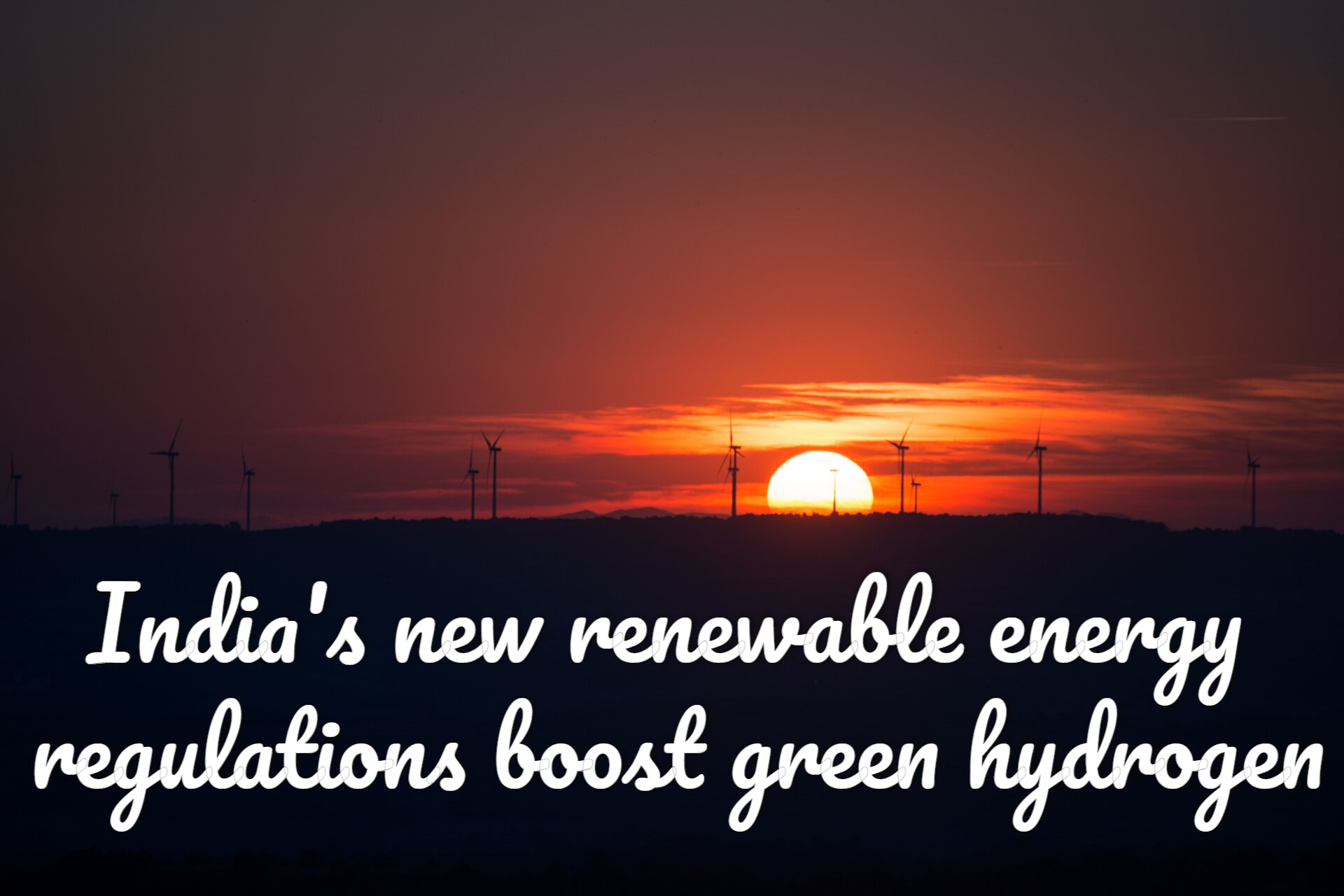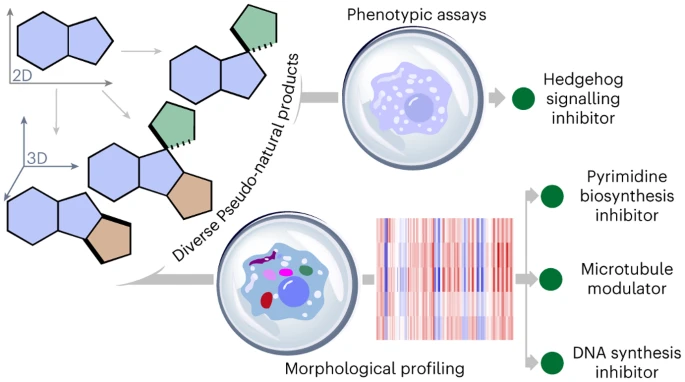Electricity generated from renewable energy sources for customers, including industries with a load of 100 kilowatts or more, is defined in the draft guidelines as green energy. After publishing the guidelines online on August 16, the Union Ministry of Power requested feedback from all interested parties within 30 days. Furthermore, according to the proposed guidelines, renewable energy power plants will not have capacity limits, but the electricity they generate must be used solely by the facility.
Key Highlights
- The Union government has proposed “Draft Electricity (Promoting Renewable Energy Through Green Energy Open Access) Rules, 2021” to purchase and use green electricity.
- Electricity generated from renewable energy sources for customers, including industries with a load of 100 kilowatts or more, is defined in the draft guidelines as green energy.
- The head of India’s umbrella organization for all solar energy players, Subrahmanyam Pulipaka hailed the proposed rules from the electricity ministry as a “positive development” for renewables in the country.
- If implemented properly, the policies will help accelerate the rise of renewable energy and help the country meet its 2030 renewable energy goal.
The Union government has proposed “Draft Electricity (Promoting Renewable Energy Through Green Energy Open Access) Rules, 2021” to purchase and use green electricity, including waste-to-energy plants’ energy..
Various concerns about the green energy sector are addressed in the proposed regulations to push for faster adoption of renewable electricity. On August 16, the Union power ministry published the regulations on its website and requested opinions from any interested parties within 30 days. The submissions were due on September 1. Electricity generated from renewable energy sources for customers, including industries with a load of 100 kW or more, is defined in the draft guidelines as green energy.
“All obligated entities, that is – the distribution licensees, open access customers, and captive power consumers” shall have a standard renewable purchase duty, according to the proposed rules.
To meet their renewable purchasing duty under the Electricity Act of 2003, large users must acquire a specified percentage of their total electricity consumption from renewable energy sources.
What it states in the draft
For example, the proposed rules state that “any entity (whether obligated or not) may elect to purchase and consume renewable energy as per their requirements,” regardless of whether the entity uses its renewable energy sources, buys green hydrogen, or obtains renewable energy through open access from any developer.
A commission will set green energy tariffs, and they “may comprise of the average pooled power purchase cost of renewable energy, cross-subsidy charges (if any), and service fees covering all sensible costs of the distribution licensee for delivering green energy,” the proposed rules stated.
As the head of India’s umbrella organization for all solar energy players, Subrahmanyam Pulipaka hailed the proposed rules from the electricity ministry as a “positive development” for renewables in the country.
Pulipaka told Mongabay-India that if implemented properly, the policies will help accelerate the rise of renewable energy and help the country meet its 2030 renewable energy goal. In terms of installed solar capacity, India is the world’s fifth-largest country. However, corporate procurement of solar (or renewable energy) is still underperforming. In addition to aiding MSMEs, the measures in this draft could cause a paradigm shift in India’s private renewable energy procurement. After a thorough conversation with our members, we’ll share our full views with the ministry soon.”
India recently surpassed the 100 GW milestone on its path to achieving renewable energy installed capacity of 175 GW by 2022.
Meanwhile, the guidelines stated that the installation of power plants using renewable energy sources would not be restricted in terms of capacity, but the electricity generated should be used on-site rather than being fed into the grid. The draft rules stated that “Distribution licensee shall not be liable to purchase such energy.”
The new requirements appear to be part of a broader initiative by the federal government to push large energy users, such as companies, to switch to 100% renewable energy sources.
NSEFI CEO Subrahmanyam Pulipaka @Rwanderful is one of the judges for the #RE100 Market Trailblazer Award. #RE100Awards @ClimateGroup @CDP @theRE100 https://t.co/ZkGdBT62Bc
— National Solar Energy Federation Of India (NSEFI) (@NSEFI_official) May 25, 2021





[…] from IIT Mandi, IIT Delhi, and Yogi Vemana University have created an inorganic catalyst that India’s proposed new renewable energy rules give green hydrogen another boostElectricity generated from renewable energy sources for customers, including industries with a load […]